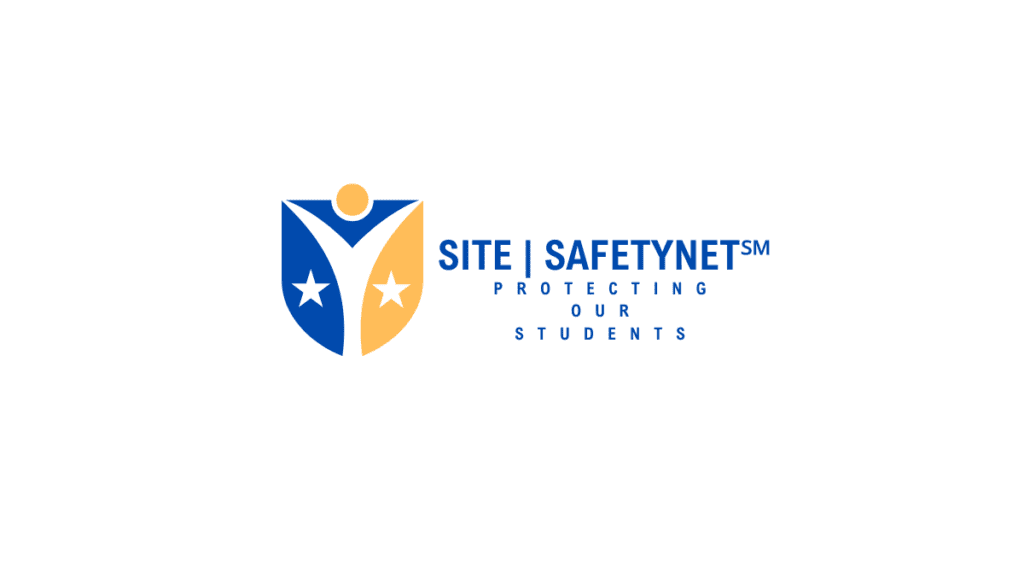 Protecting Our Students – Donate
Protecting Our Students – Donate
Introduction
On Monday, the FBI released a report on the characteristics of #activeshooter attacks in 2023, quickly making headlines across national news outlets. When the average citizen hears ‘active shooter,’ we envision the harrowing images of someone with a rifle entering a public space. But beyond the headlines and executive summary, what does this report truly analyze, and how does it fit into addressing the public health crisis of #gunviolence in America? As the U.S. Surgeon General has declared, gun violence is indeed a public health crisis.
Defining ‘Active Shooter’
For this report, the FBI defines an active shooter as one or more individuals actively engaged in killing or attempting to kill people in a populated area. However, the criteria used to determine whether an incident qualifies as an ‘active shooter’ event are subjective and can exclude many incidents that the public would typically consider significant.
Subjective Exclusion Criteria
The FBI’s report excludes incidents based on a variety of criteria:
- Self-defense
- Gang violence
- Drug-related violence
- Residential or domestic disputes
- Barricade/hostage situations
- Shootings resulting from another criminal act
- Crossfire during another ongoing criminal act
- Actions that did not put other people in peril
These exclusion criteria introduce a level of bias, determining an ‘active shooter’ incident more subjective than scientific. For example, suppose someone opens fire in a park, wounding numerous people. In that case, it might not be classified as an #activeshooter incident if any one of the victims was engaged in behavior linked to gang activity or drug use.
The Public’s Perspective
From the public’s perspective, random gunfire in public places is a significant concern because it could impact anyone. Incidents involving #massshootings in areas where people gather, like block parties or malls, are what citizens fear most. Yet, the FBI’s report often excludes such incidents based on their criteria.
Examples of Included and Excluded Incidents
The report includes a variety of incidents, some of which seem questionable as ‘active shooter’ events:
- Included: A man driving around Pittsburgh firing shots, wounding two people (one injured by broken glass).
- Excluded: Mass shootings at block parties or large gatherings where multiple innocent bystanders are shot.
This inconsistent application of criteria results in a misleading representation of the threat landscape. For instance, the FBI includes incidents with minimal harm and excludes high-casualty events if they do not neatly fit into its definition.
Methodological Problems
The way the FBI presents this information, all incidents appear equal on summary charts, regardless of the number of victims or the context. High-casualty events like the shootings at the Star Ballroom Dance Studio in Monterey Park, CA, and the outlet mall in Allen, TX, are visually indistinguishable from incidents involving a single injury. This equal weighting dilutes the perceived severity of more deadly attacks and #schoolsafety.
The Need for Comprehensive Reporting
To genuinely address public safety, the FBI should document all incidents involving groups of people being shot in public spaces. This includes detailed reports on shootings at streets, parks, malls, and other areas where the public expects safety. A more comprehensive and objective report would provide valuable insights for preventing future tragedies.
Conclusion
The FBI’s report on active shooter incidents in 2023 falls short of being a practical or objective measure of gun violence. Focusing on the incidents that pose the greatest danger to innocent bystanders is essential to protect public spaces effectively. By refining its criteria and reporting practices, the FBI can offer a clearer picture of the actual threats and help develop more effective strategies for preventing gun violence.
For more detailed insights on gun violence and school safety, visit the K-12 School Shooting Database by David Riedman, a crucial resource for understanding and addressing these issues.
This article was written by Robert Jordan, founder of SITE|SAFETYNET℠, a leading platform dedicated to improving K-12 school safety through real-time assessments and continuous comprehensive active safety solutions.
Blackout Intentional? Schools the FBI Overlooked in Their 2023 Report
Analyzing the 2023 FBI Report on Active Shooter Incidents in the United States

 Protecting Our Students – Donate
Protecting Our Students – Donate